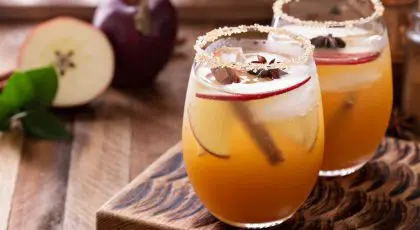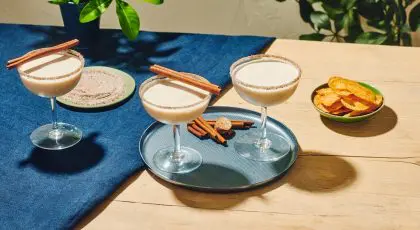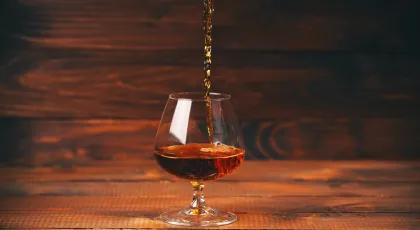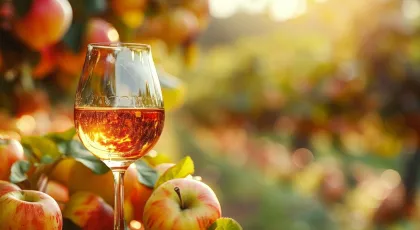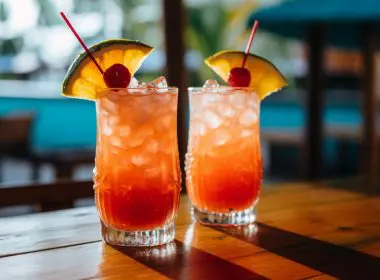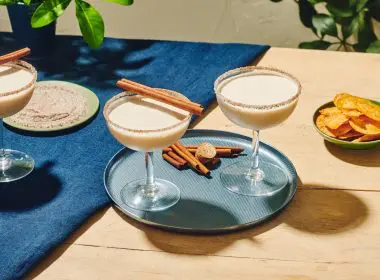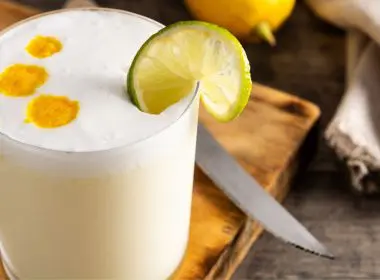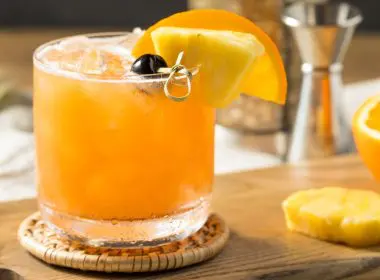From Cognac to Kirsch: Understanding the Many Types of Brandy
Jump to:
Brandy is one of those versatile spirits that wears many interesting hats. Made from various fermented fruit juices, brandy is all about distilling the essence of fruit into something warm, complex, and sip-worthy. So, if you’ve ever wondered what brandy is, or you’re curious about the different types of brandy out there, you’re in the right place.
How brandy is made
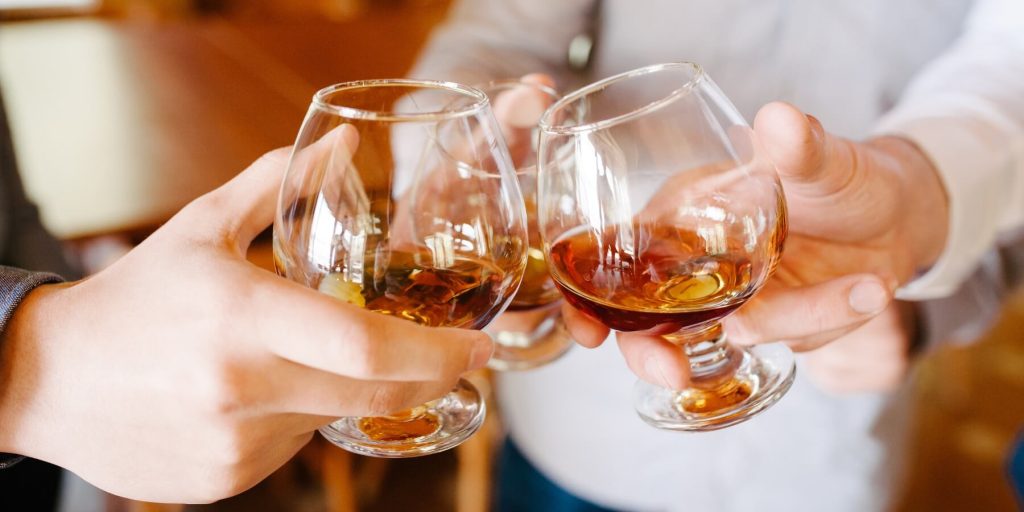
From orchard to bottle, brandy captures the soul of fruit. Depending on the region, it’s made from grapes, apples, cherries, or pomace (the leftover skins and seeds from winemaking). This variety is what makes brandy so diverse.
After fermentation into wine or cider, the liquid is distilled, usually once or twice, to concentrate flavour and boost the ABV. The type of still matters too: pot stills, like those used for cognac, create smoother brandies, while column stills, typical for Armagnac and Calvados, preserve more natural character.
Finally, brandy is aged in oak barrels. Whether it’s French Limousin oak, local chestnut, or old sherry casks, the wood shapes the flavour, richness, and colour. Some brandies mature for just a few years, others for decades.
Major types of brandy
There’s no one-size-fits-all when it comes to brandy. Different countries, and even different corners of the same country, have developed their own unique ways of crafting this spirit. From barrel-aged grape brandies to vibrant fruit-forward styles, these are the standout players in the world of brandy.
Cognac (France)
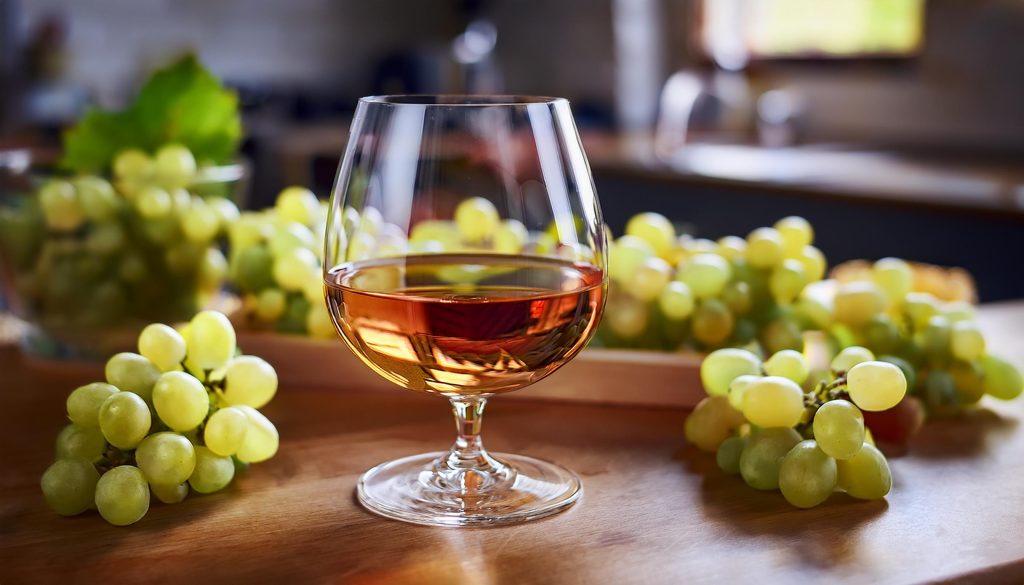
Let’s start with the big name: cognac. Made in the Cognac region of France, this brandy is known for its elegance and strict production standards. It’s double-distilled in copper pot stills (known as Charentais stills) and aged in French oak, giving it smooth layers of orchard fruit, soft spice, and hints of vanilla.
The longer it’s aged, the deeper and silkier the flavours get, with XO expressions reaching rich notes of fig, raisin, and toasted almond. If you’re new to cognac, Courvoisier (opens in new window) is a solid place to start. It’s one of the “Big Four” cognac houses, and for good reason.
What is Cognac? Everything You Need to Know About French Brandy
Armagnac (France)
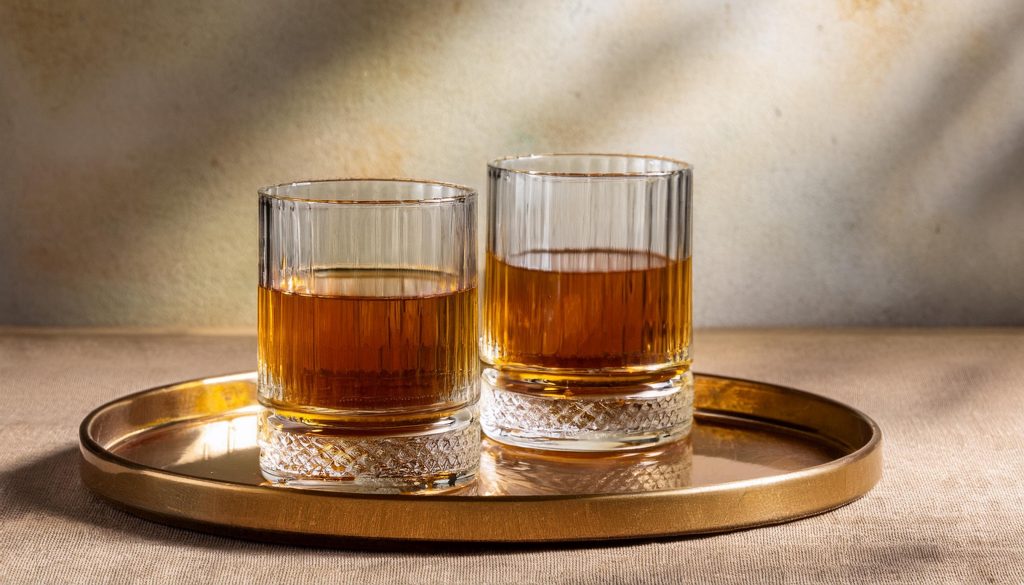
This bold, earthy spirit is made in Gascony using a single distillation method in a special still called the alambic armagnacais. That process keeps more of the grape’s natural character, which places Armagnac in rustic, robust contrast to its smoother cousin. Expect flavours like prune, leather, and spice notes that are deep, warm, and full of personality.
Armagnac vs. Cognac: Key Differences Explained
American brandy
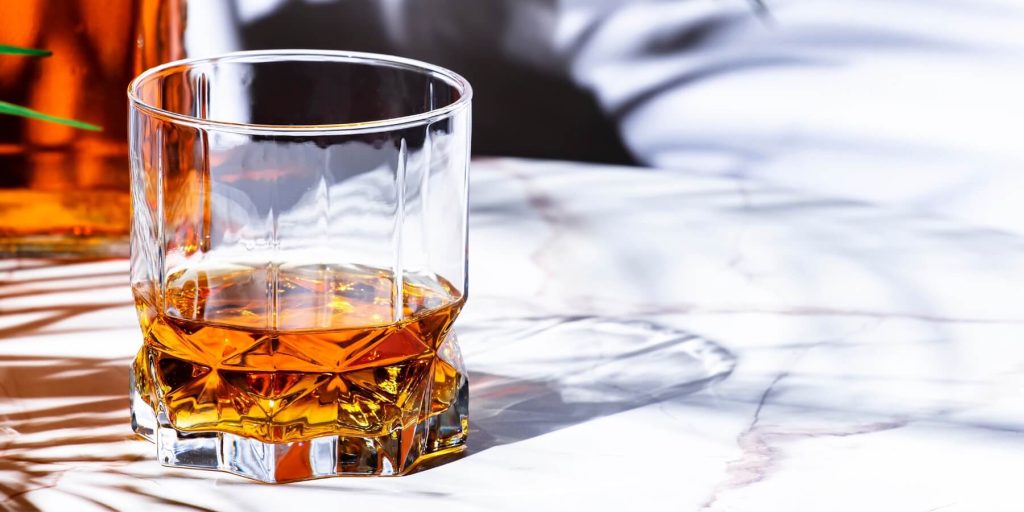
American brandy doesn’t follow the same rigid rules as French varieties, which makes it a playground for experimentation. Most are grape-based, but you’ll also find expressions made with apples, pears, cherries, and other fruits.
Some are aged in new oak barrels previously used for spirits like whiskey. This adds a bolder, toastier edge. Others lean into soft, round fruitiness, ideal for mixing cocktails or for sipping on cooler evenings. California is a major producer, but standout bottles are popping up in spots like Oregon and Texas, too.
Spanish brandy (Brandy de Jerez)
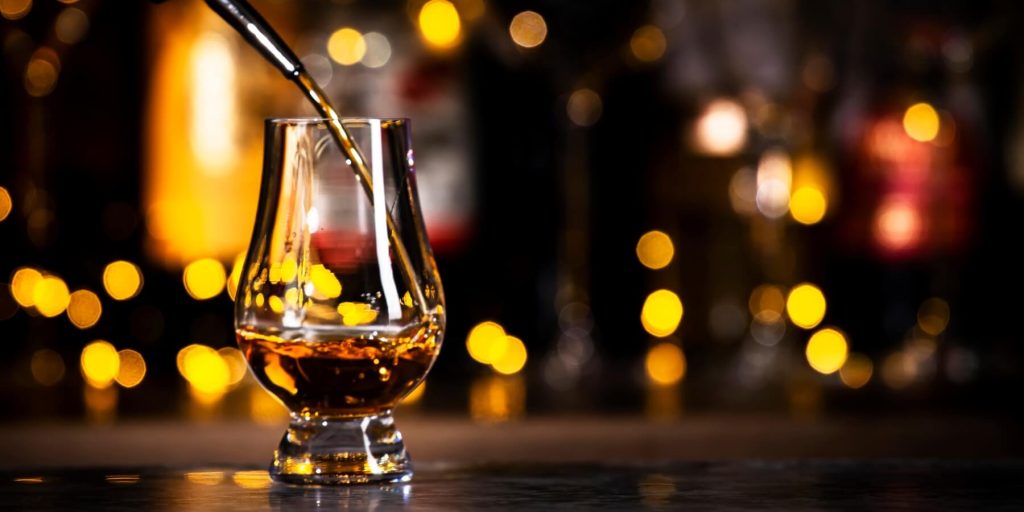
Produced in the sun-soaked region of Jerez, Brandy de Jerez is all about richness. These brandies are made from wine and aged using a solera system, a traditional method where older and younger brandies are blended across stacked barrels.
This creates a consistent style and an incredible depth of flavour, with notes of dried fruit, walnut, and warm vanilla in the mix. Brandy de Jerez falls into different brandy categories, including Solera, Solera Reserva, and Solera Gran Reserva, depending on the age of the youngest brandy in the blend.
Pisco (Peru & Chile)
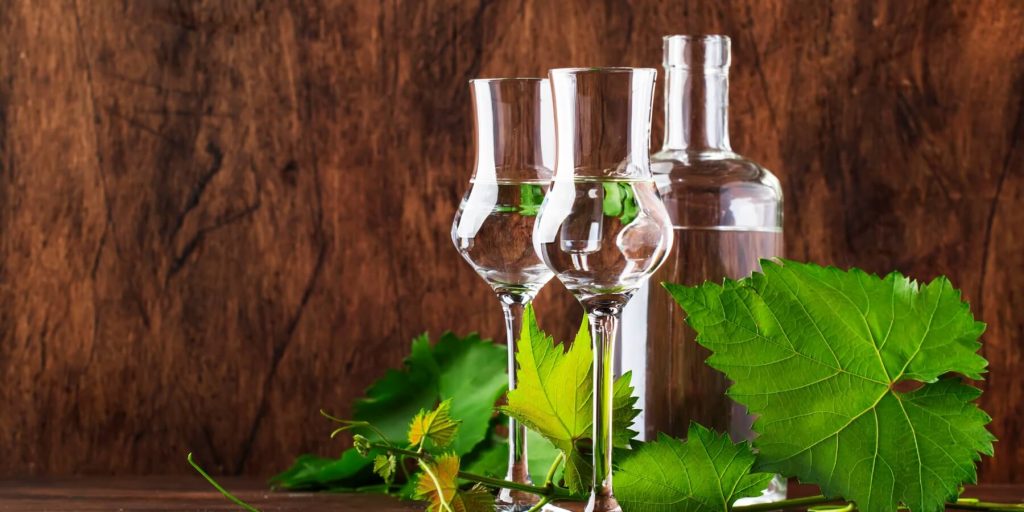
Pisco is a clear grape brandy loved in both Peru and Chile, and yes, there’s still a heated debate about who made it first. In both countries, it’s produced by distilling fermented grape juice, usually to a high strength.
Peruvian pisco is distilled only once in copper pot stills and must rest for at least three months in neutral vessels such as glass or stainless steel. This keeps the flavour clean, aromatic, and intensely grape-forward. Chilean pisco, on the other hand, may be distilled more than once, diluted before bottling, and is sometimes lightly aged in wood for added depth.
Peruvian styles include puro (single grape), acholado (blend), and mosto verde (distilled from partially fermented must), each offering its own expression of this spirited staple.
Grappa (Italy)
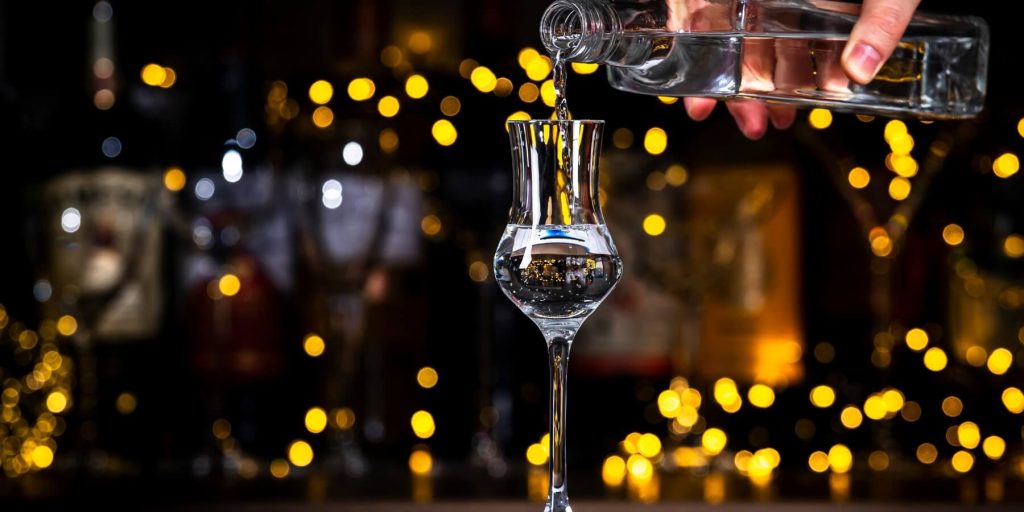
Grappa is Italy’s answer to pomace brandy. It’s made from what’s left over after winemaking (skins, stems, and seeds) and can be powerful stuff. Young grappa tends to be bold, with sharp fruity or floral notes, while barrel-aged versions mellow out into smoother, nuttier territory. It’s often served as a digestif, especially after a big meal, and has a firm place in Italian culture.
Fruit brandies
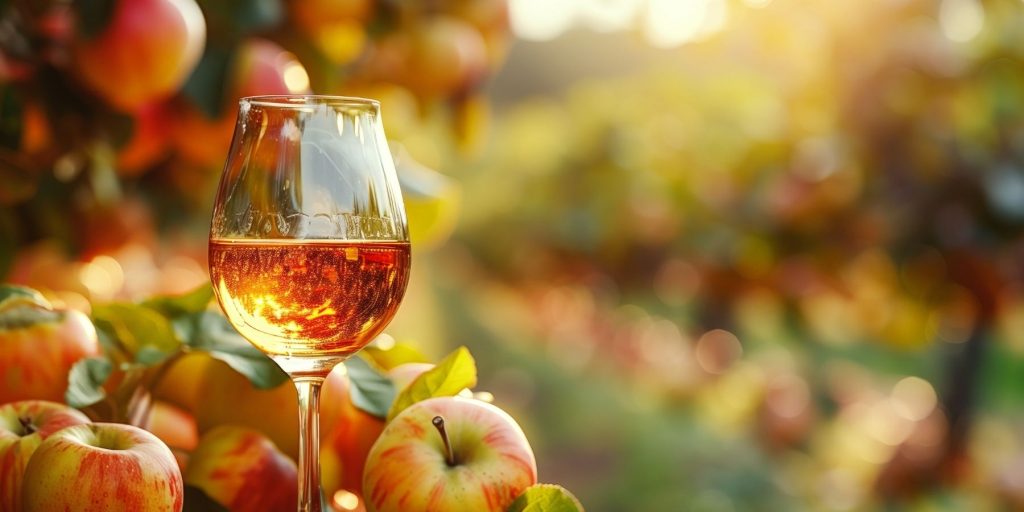
Fruit brandies are made from fruits other than grapes—think apples, cherries, pears, and plums—and they deliver a full spectrum of flavours. Standouts include Calvados, the apple brandy from Normandy that blends orchard fruit with spice and wood from years in oak.
There’s also kirsch, made from morello cherries and usually bottled clear and unaged. And of course, classic cherry brandy, which tends to be sweeter and richer. These are some of the most playful kinds of brandy, perfect for sipping or mixing.
Calvados Brandy: The Ultimate Guide to French Apple Brandy
Pomace brandy
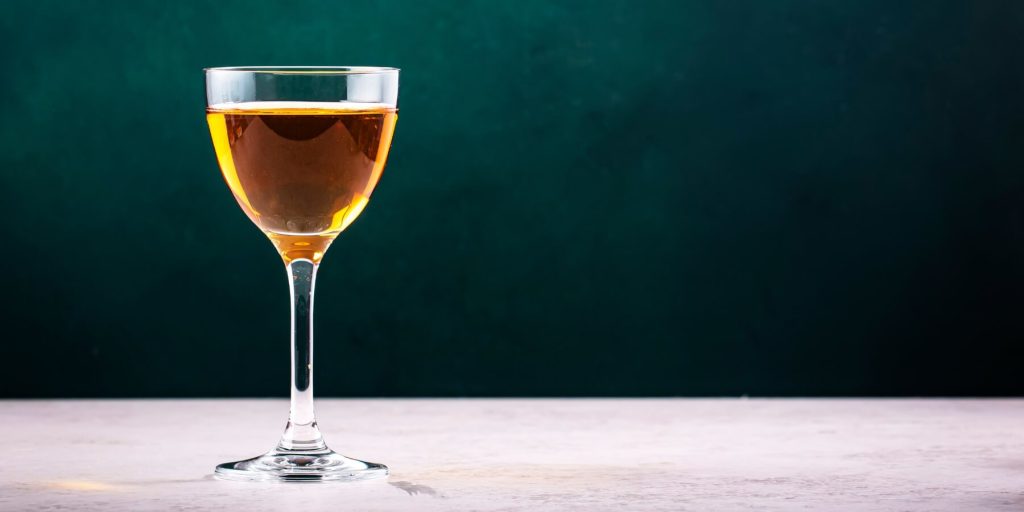
Technically, grappa fits into this section, but it’s not alone in this category. Pomace brandy refers to spirits made from the leftovers of winemaking. In France, it’s called marc. In Spain, orujo. These brandies often have a raw, earthy edge and can range from rustic and punchy to smooth and refined, depending on how they’re made and whether they’re aged.
South African brandy
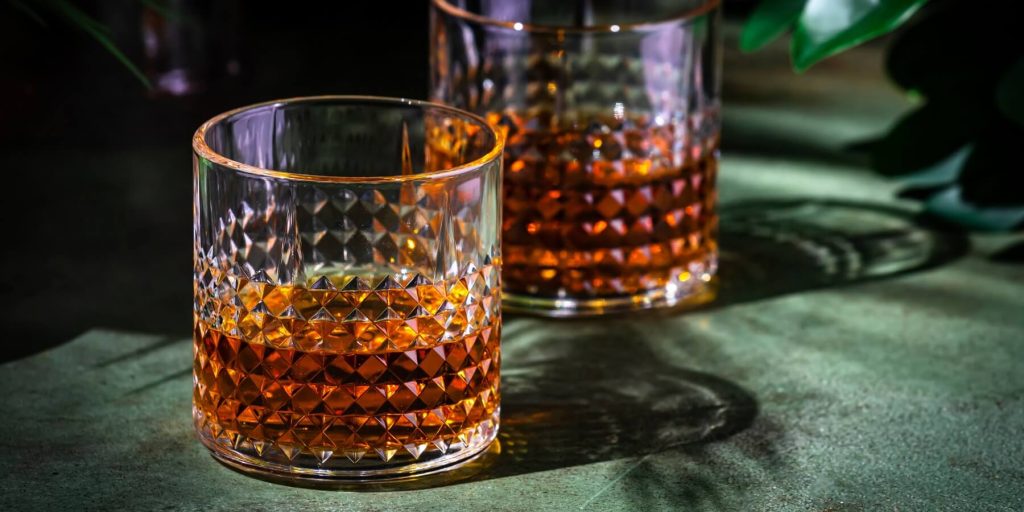
South Africa has a long-standing brandy tradition, and has been producing brandies for over 300 years, rivalling some of the best in Europe. The country’s top-tier brandies are typically double-distilled and barrel-aged, much like cognac, but they bring their own sunny twist to the party. Think bright fruit, soft spice, and plenty of depth.
Other regional varieties
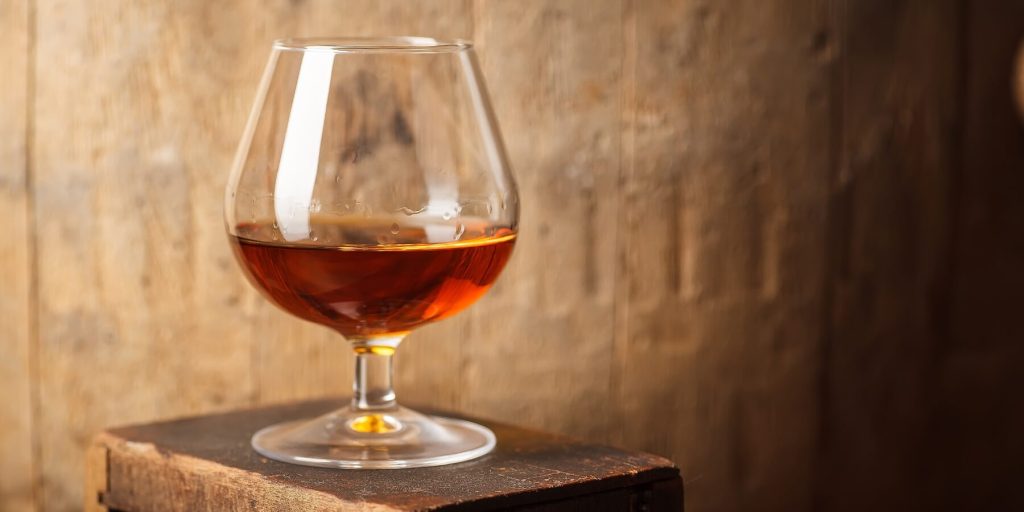
There’s plenty more to sip around the world. Armenian kanyak offers honeyed spice and dried fruit. German and Austrian obstler is light and fruity, often made from apples or pears. The Balkans love rakia, a fiery fruit brandy made from plums or apricots. And in the Netherlands, there’s Dutch brandy (known as vieux) made with neutral spirits and flavourings to mimic the taste of brandy.
Ageing categories you’ll see on labels
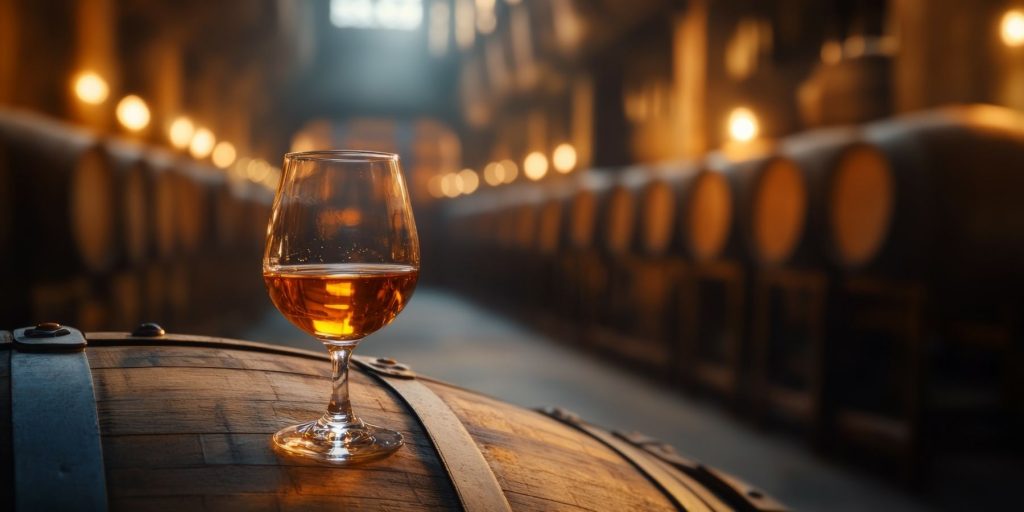
When it comes to brandy, age really does matter. But it’s not always straightforward. Different regions use different terms to describe how long a spirit has matured, and each designation gives you a clue about the flavour and depth you can expect in the glass.
Here’s an easy overview:
V.S. (Very Special). This label means the youngest brandy in the blend has been aged for at least two years. In cognac terms, V.S. is typically bright and fruity: think apple, pear, and a little citrus, with a clean, easy-going finish.
V.S.O.P. (Very Superior Old Pale). With a minimum age of four years, V.S.O.P. brandy takes things up a notch. Expect richer notes of plum, apricot, vanilla, and subtle spices, especially in well-aged cognac and Armagnac.
X.O. (Extra Old). X.O. means the brandy has been aged for at least ten years. These are the heavy hitters: luxurious, full-bodied spirits with deep, layered flavours like dried fig, raisin, candied orange, baking spice, and toasted oak.
Some producers go even further with terms like Hors d’Âge (beyond age), which usually means the brandy has been aged far beyond the X.O. minimum. Often, that means 20 years or more. These rare expressions are usually limited releases.
Solera ageing in Spanish brandy

Spanish Brandy de Jerez does things a little differently. Instead of ageing brandy in batches, it uses a solera system. This method involves gradually blending older and younger brandies through stacked barrels over time.
You’ll usually see one of three classifications on the label:
- Solera: the youngest brandy in the blend is at least six months old
- Solera Reserva: aged for at least one year
- Solera Gran Reserva: aged for three years or more (and often much longer)
How to drink different types of brandy
Brandy can be dressed up, be super casual, or land anywhere in between. Whether you’re sipping it neat or stirring it into a cocktail, the key is understanding how different styles bring their own vibe to the glass.
Neat vs. cocktails

Any kind of brandy can be used in a cocktail. And any high-quality brandy can absolutely be sipped neat. Lighter styles like V.S. cognac or American brandy shine in classic cocktails. If you’re mixing, go for something vibrant and expressive, the kind of brandy that can hold its own with citrus, syrup, or bitters.
On the flip side, aged brandies like X.O. cognac, older Armagnac, or long-rested Calvados are made for slow sipping. Pour them into a proper glass, let them breathe, and take your time.
Food pairings

Brandy’s rich and fruity character makes it a perfect match for a wide range of dishes. Start with canapés like a classic charcuterie platter, roasted nuts, mushroom crostini, or baked brie with fruit preserves. For mains, herby roast chicken, mushroom risotto, or pork tenderloin with apple glaze work beautifully. Round things off with spiced poached pears, chocolate mousse, or an apple tarte tatin.
Best glasses for brandy
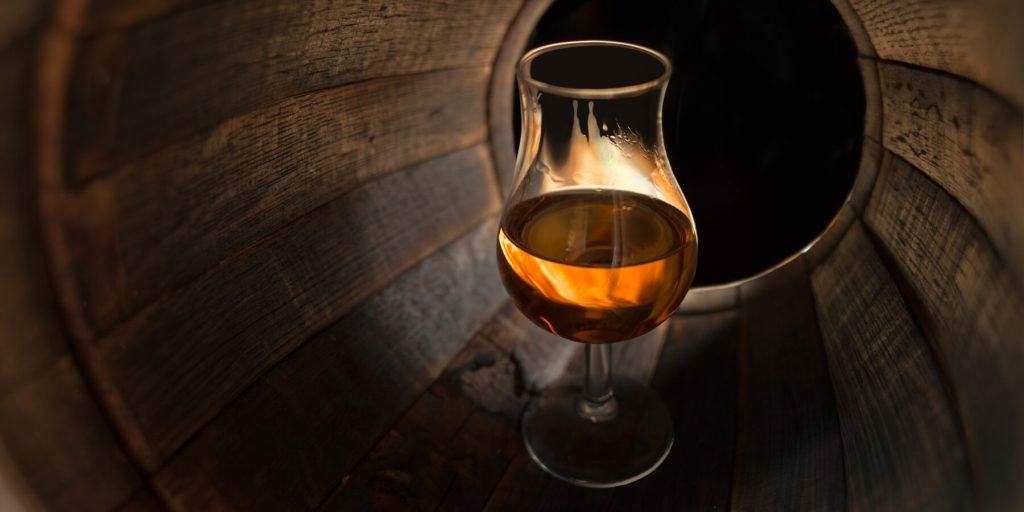
Glassware matters more than you’d think. A proper glass can elevate the aroma and the experience. Top choices include:
- Snifter: A wide bowl and narrow rim warm the spirit and concentrates the aroma.
- Tulip glass: Slightly more flared than a snifter. Great for neat pours.
- Copa glass: A relaxed option for younger, fruitier brandies or when serving over ice.
Classic brandy cocktails
These five classic cocktails show off just how playful and layered brandy can be, and we’ve added a few pairing suggestions so you can experiment with different kinds of brandy in each mix.
Brandy Alexander
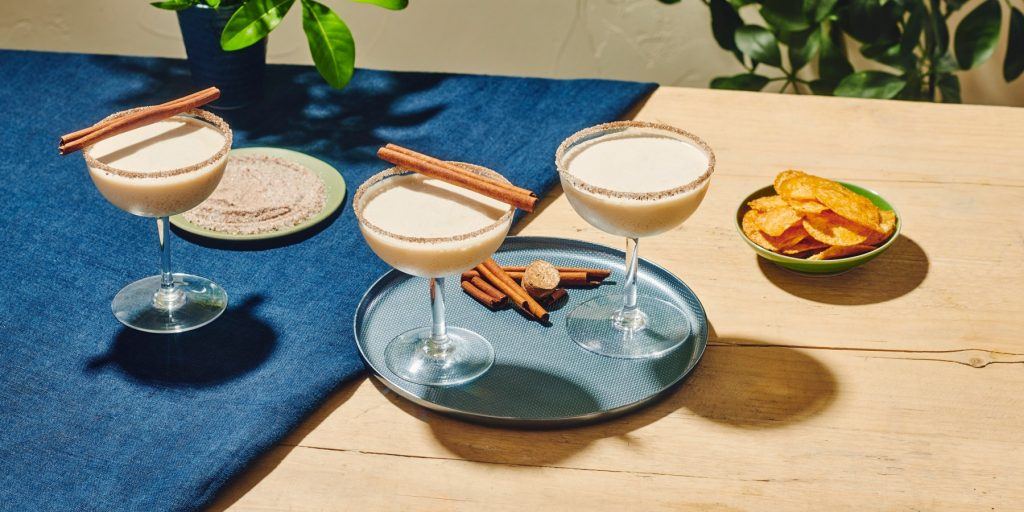
Velvety, retro, and ridiculously smooth, the Brandy Alexander is a dessert cocktail with serious charm. Made with equal parts brandy, crème de cacao, and cream, it’s a rich, chocolatey hug in a glass. Try it with:
- Cognac, for that classic silky-smooth profile with floral and vanilla notes.
- South African brandy, if you want something bright and structured with soft spice.
- Armagnac, to bring in a little more depth and earthy complexity.
Also see: 15 Popular Brandy Cocktail Recipes to Try
Pisco Sour
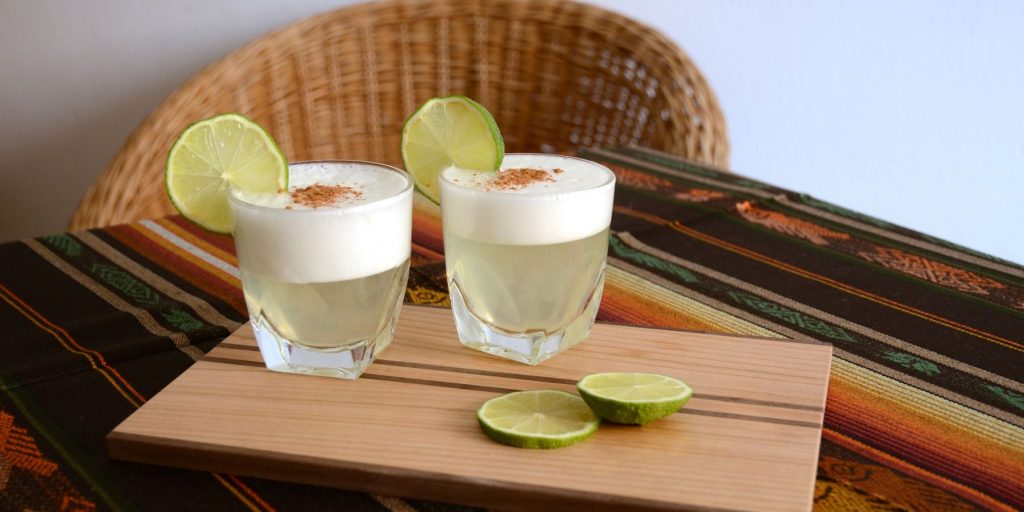
The Pisco Sour is fresh, frothy, and a total knockout. Made with pisco, lime juice, sugar syrup, and egg white, then finished with a few dashes of bitters, it’s the ultimate citrus-forward brandy cocktail. Try it with:
- Pisco, of course (either Peruvian for a floral edge or Chilean for something fruitier).
- Grappa, for a punchier, drier twist (just be ready for a bolder flavour hit).
- Pomace brandy, if you like your cocktails more rustic and characterful.
Brandy Milk Punch
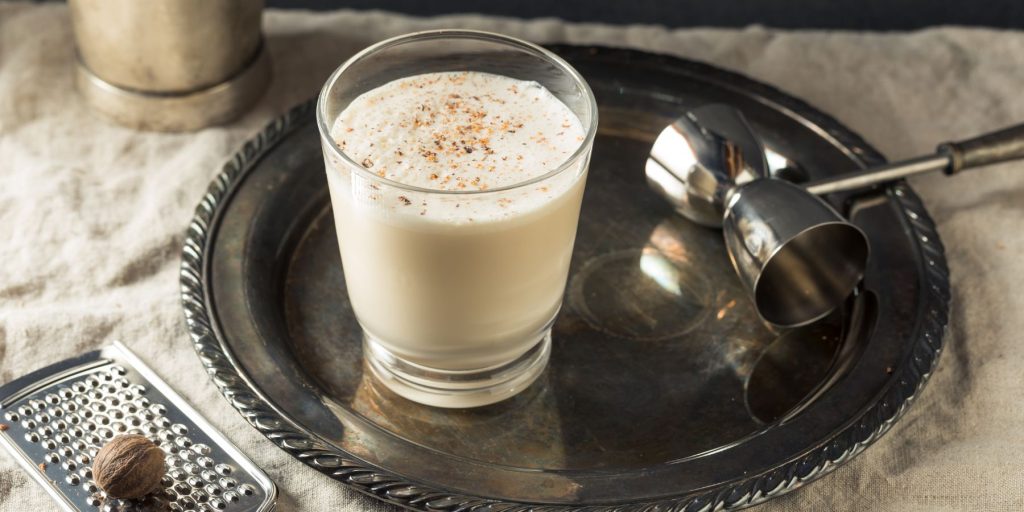
Comforting and indulgent without being overly sweet, the Brandy Milk Punch is a smooth combination of brandy, milk, sugar syrup, and a dash of vanilla extract. It’s usually served over ice with a sprinkle of nutmeg. Try it with:
- American brandy, especially one with a vanilla or caramel edge.
- Cognac, for a silkier, more elegant pour.
- Fruit brandy like Calvados, if you want to lean into a slightly orchard-fresh finish.
Read next: 14 Easy Cognac Cocktails (Simple Recipes and Perfect Mixers)
Spiced Apple Brandy
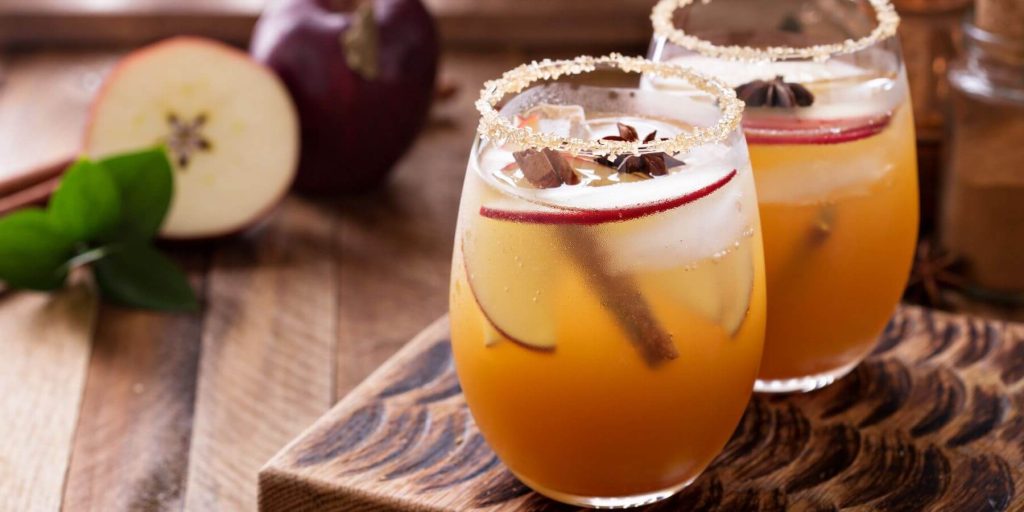
The Spiced Apple Brandy cocktail is a perfect autumn cocktail, combining warm baking spices, tart apple juice, and a hint of lemon. It’s built around apple brandy and can be adjusted to taste; sweeten it up with sugar syrup or give it some heat with extra cinnamon. Try it with:
- Calvados, for that true Normandy orchard experience.
- Applejack, if you prefer a bolder, more American-style apple brandy.
- Brandy de Jerez, to add richer notes of dried fruit and wood that complement the spice.
Learn more: 11 Apple Brandy Cocktails (The Best Recipes to Try)
Singapore Sling
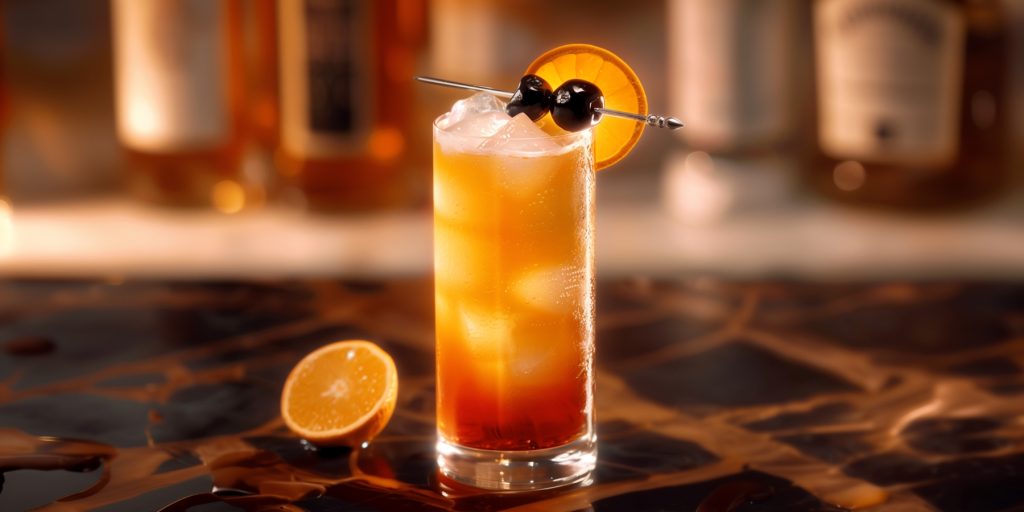
Bright, boozy, and bursting with tropical flavours, the Singapore Sling is a fruity cocktail that always makes a statement. While it’s primarily known as a gin drink, the version we love includes cherry liqueur, Grand Marnier (opens in new window), pineapple juice, lime juice, a touch of bitters, and a little brandy for good measure. Try it with:
- Brandy de Jerez, to bring a smooth richness that blends nicely with the fruit.
- Armagnac, if you want to dial up the body and depth.
- South African brandy, for a fruit-forward style that plays well with citrus and cherry.
Feeling inspired? Visit the Courvoisier website (opens in new window) for more expert tips, cocktail recipes, and pairing ideas from one of the most iconic names in cognac. And if you haven’t already, sign up for The Mixer newsletter to get more cocktail inspiration, drink guides, and seasonal sipping tips, straight to your inbox.


